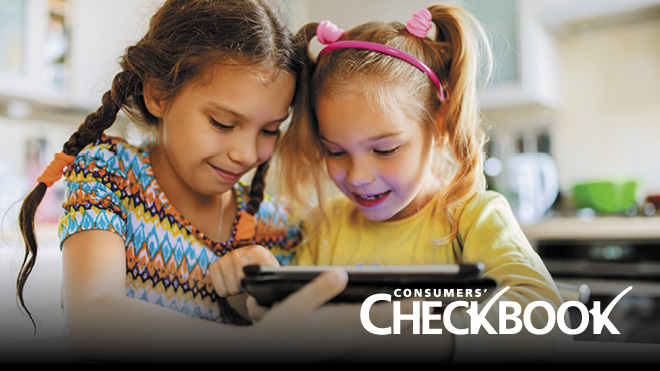
5 Banking Tips for Kids and Parents
A child's first checking or savings account can be a milestone in their early financial education. Consider these five banking tips to get kids started on the right foot.
Guiding a young person into financial independence takes time and comes with lots of questions: When should kids open their first account? When should they get their first debit card? How can kids reduce their risk of overspending? Here are a few suggestions to help kids get started on a long and healthy relationship with money and their financial institution.
1. Start With a Savings Account
Start a child's financial education gradually by focusing on the basics of saving and spending. Many financial institutions offer accounts that are specifically designed for kids and teens. BECU, for example, has the Early Saver account for kids younger than 18. Parents or guardians have joint ownership of the account, and no minimum balance is required.
These accounts come with an ATM card so members can withdraw and deposit money from the account at ATM machines, but not at the point of sale like a debit card. This reduces the risk of someone accessing money if the card is lost or stolen. These types of accounts are great for teaching kids how to track spending and save for future expenses — two essential skills for learning how to budget.
2. Ease Into Financial Responsibility
When parents open accounts for kids, it's important to set clear expectations about how involved the parents will be, and how much access the kids will have to their money. At first, parents should help track all transactions. Over time, as they gain financial skills and responsibility, kids can also safely gain independence.
Parents should keep in mind that, as the adult, they are ultimately responsible for the account. That means the adult account owner would need to repay overdrawn accounts and any fees.
If a child already knows the basics and has been managing a savings account, consider graduating to a checking account as a way to help them continue to develop good habits. Like child savings accounts, many financial institutions also offer checking accounts designed for teens and youth. At BECU, children can get a checking account at any age, but parents must be joint owners of the accounts until the child is 18. The account comes with a debit card, which increases access to funds, and can be great preparation for using a credit card later.
By age 13, BECU members can access Online Banking and the BECU mobile app. (Under the requirements of the Children's Online Privacy Protection Rule, these features are unavailable in Early Saver accounts for members under the age of 13.)
3. Direct Deposit Is a Must
Whether it's a paid internship or a teen's first part-time job, that first paycheck is cause for celebration. Direct deposit keeps paper paychecks from getting lost and ensures earnings go right into the teen's account.
Here's an added tip: When filling out direct deposit paperwork, designate a small amount of each paycheck to automatically go into savings. After a few months, you might be surprised by how much the savings adds up.
4. Go Digital
Teens (and many adults) use apps for just about everything these days. Managing money is no different. Banking apps give users the ability to easily keep track of balances and transactions, and often include features such as low-balance alerts.
If kids receive an allowance, parents can also use the app to pay their kids electronically and encourage them to routinely check their balances for accurate recordkeeping.
Beyond checking balances, many financial institutions have apps that can help kids and adults develop important money management skills. BECU's Money Manager, for example, helps members track spending, identify trends and create a budget.
5. Address Mistakes Quickly, But Don't Panic
Understanding the difference between "available balance" and "current balance," is a great place to start when teaching kids not to overspend, but mistakes happen. The important part is to correct the error quickly and learn from the experience.
To prepare for possible mistakes, parents can read their financial organization's Account Agreements (PDF) and Account Disclosure (PDF), so they know what to expect if and when an account is overdrawn, including understanding any fees for nonsufficient funds or overdrafts. Then parents can talk to their kids about fees that result from overdrawing their accounts. Understanding these fees might also be something to consider when deciding where to open a kid's first account.
Resources
- What's a BECU Early Saver Account?: Get your youngster a head start on saving for the future.
- How To Open a BECU Teen Checking Account: Get details and learn about teen account features.
- Checklist for Parents (PDF): Ready to open your teen's first account? Make sure these boxes are checked.
- The Next Big Talk: Advice for parents who want to talk with their teens about money.
Related Content
The above article is intended to provide generalized financial information designed to educate a broad segment of the public; it does not give personalized financial, tax, investment, legal, or other business and professional advice. Before taking any action, you should always seek the assistance of a professional who knows your particular situation when making financial, legal, tax, investment, or any other business and professional decisions that affect you and/or your business.


